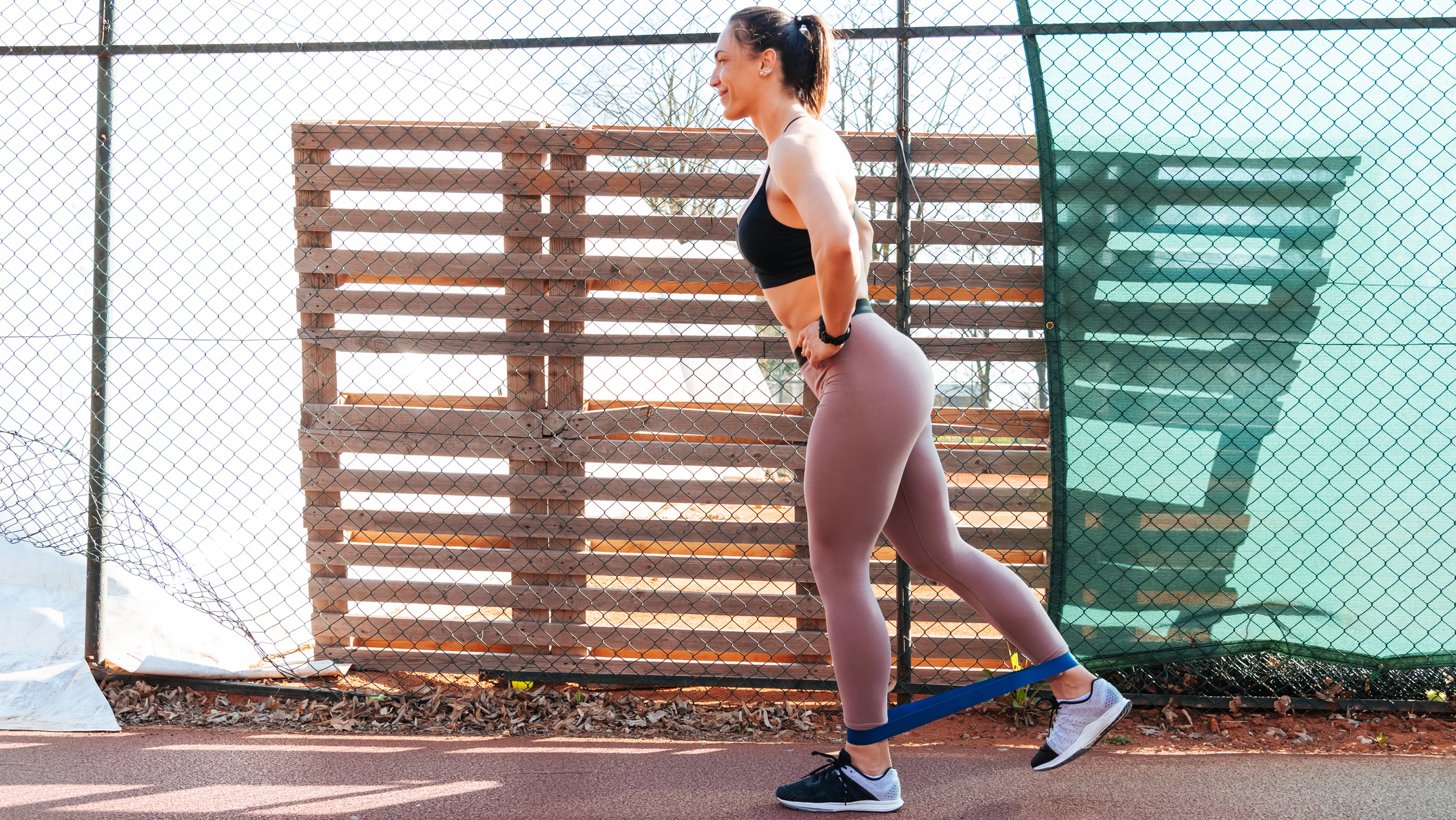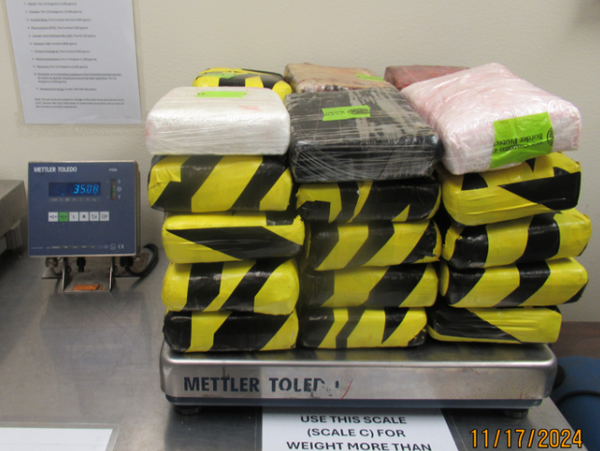
One thing I realised when I came back to running after a break is that the exercise you do alongside it is almost as important as the running itself.
Strength training can really level up your performance if you’re trying to run faster because stronger muscles mean you can generate more force with every stride.
Plus, when you are fitter, you use less energy so you can maintain your speed for longer.
When I saw this Instagram video, designed to help you increase your running speed I immediately saved it to give it a try.
Created by running coach and professional ultra runner Yana Strese, it involves five resistance band exercises that Strese says helped her run stronger, faster and injury-free. Here’s the video.
How these exercises can improve running speed
To find out how these exercises can help, I turned to certified personal trainer Joey Jones from Way-Up.
“All of Strese’ exercises are designed to improve stride mechanics and neuro-muscular control,” says Jones. “If you are trying to improve your times, training with these moves is a great place to start.”
He pinpoints two exercises in Strese’s video—the ankle pump and single-leg knee drive—that are particularly good for improving running speed.
“The ankle pump targets the tibialis anterior muscle and improves ankle dorsiflexion [lifting your toes toward your shin] control.
“The reason for including this exercise is to improve stride turnover and help toe clearance [the distance between your toes and the floor when running].
“Basically you’re improving your ankle mechanics to lift and regain contact with the ground as fast as possible.
“The single-leg knee drive focuses on the hip flexors. Strong hip flexors have been directly linked to faster sprinting speeds. For example, elite sprinters generate two to three times their force to their bodyweight through their hip flexors.”







